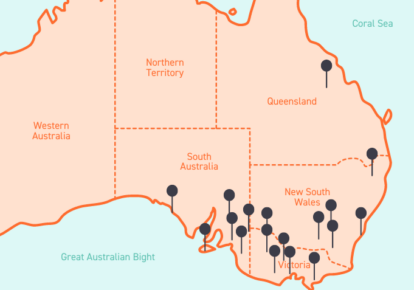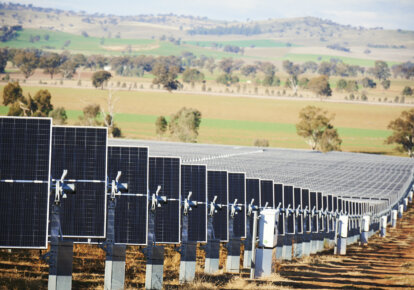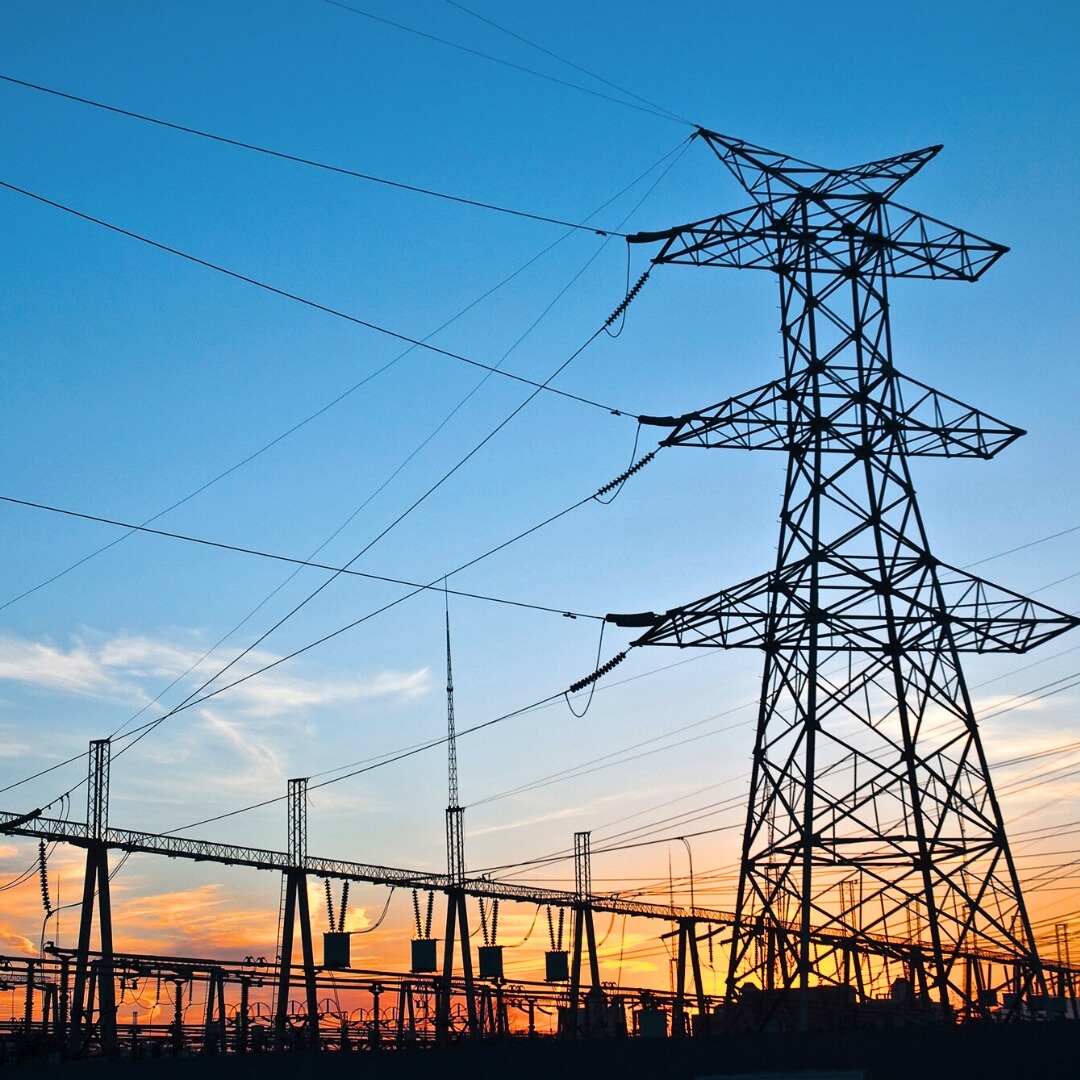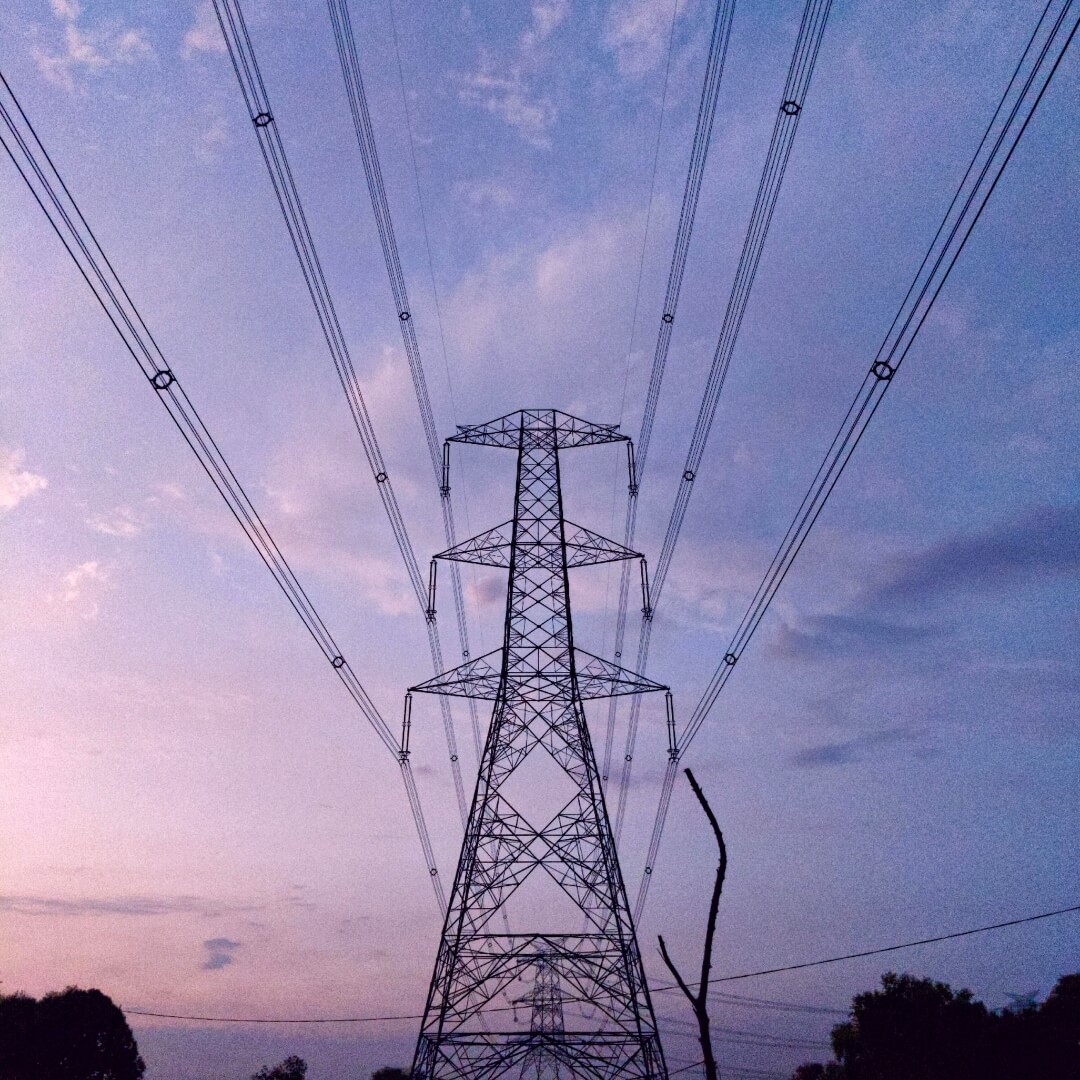Australia’s electricity market is undergoing a rapid evolution, as more renewable generation projects come online, and aging coal generators retire.
Renewable energy, specifically rooftop solar, is driving the increase in negative price periods during the middle of the day, which is changing how the market peaks.
What was once considered a ‘peak’ period for energy, is now typically the cheapest time of day to power up. That’s why it’s time for Australia to move beyond peak and off-peak electricity and start responding to the real-time signals from the wholesale electricity market.
Why is price volatility in the electricity market becoming more common?
Negative prices in the wholesale market are now so frequent and significant that they are pushing the average monthly price lower and lower.
The morning and evening price peaks are becoming much more pronounced, accentuating the price difference between peak-renewable periods with low or negative prices, and the high-priced peak demand periods, typically generated by a higher proportion of fossil-fuels in the grid fuel mix.
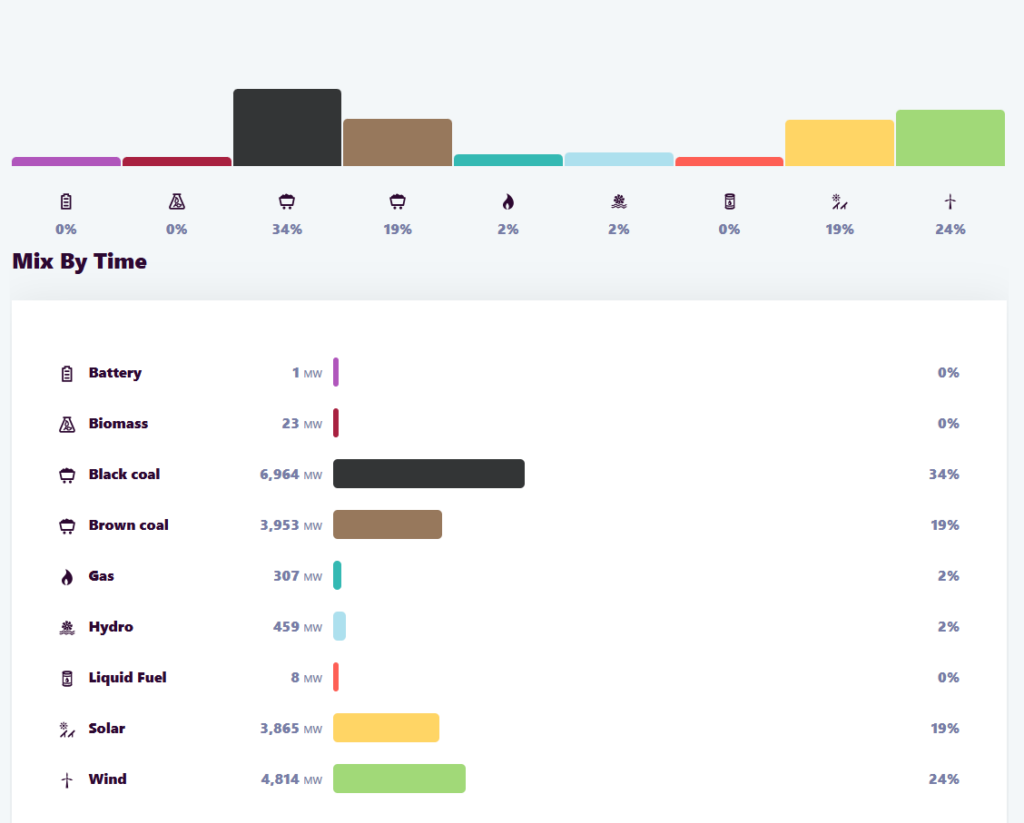
Why is this important?
Understanding negative pricing and price volatility within the National Electricity Market is crucial for navigating today’s evolving energy landscape.
Additionally, we’re seeing seasonal price trends emerge state-by-state, meaning seasonality is another important factor to consider for your business’ energy strategy.
The best way to safeguard your business from price volatility is to familiarise yourself with the market trends for your state and use them to your advantage – and we’re here to help.


